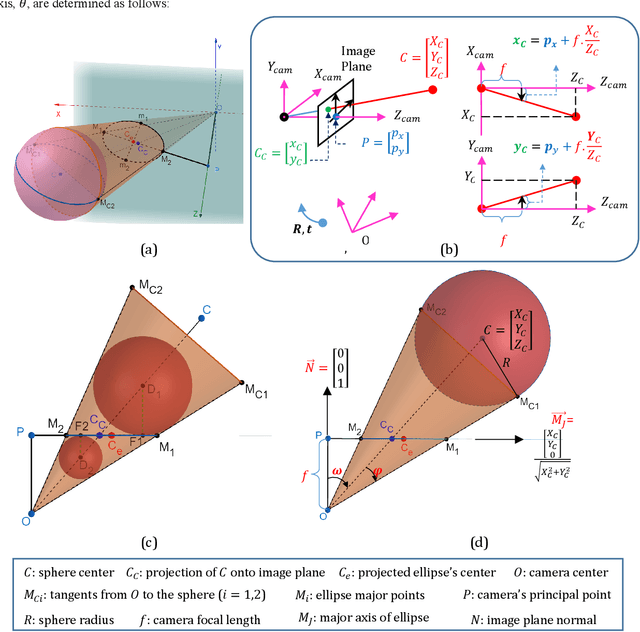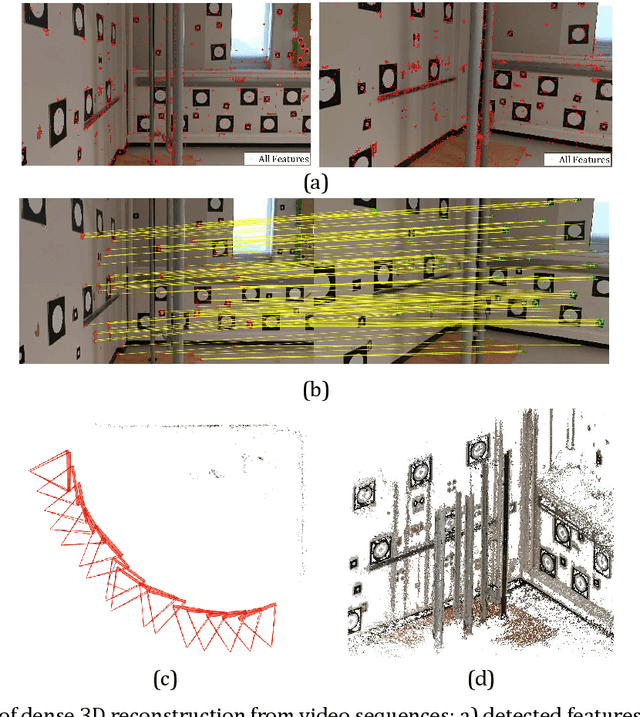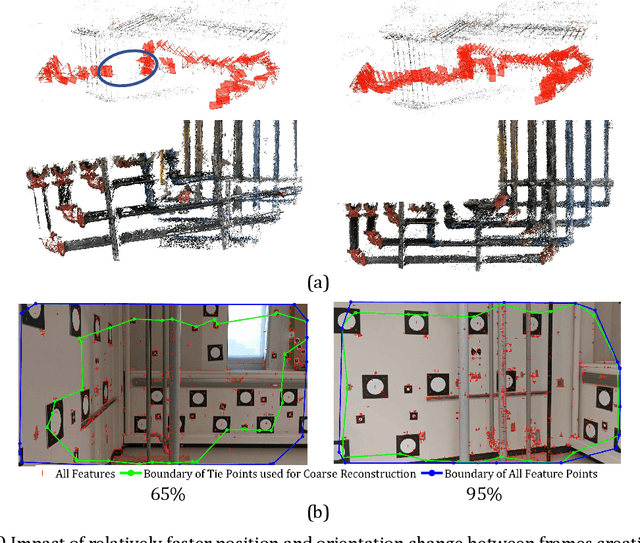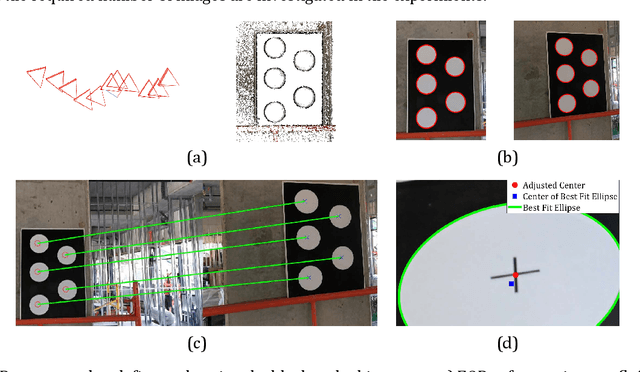Shahrokh Maalek
Automatic Recognition and Digital Documentation of Cultural Heritage Hemispherical Domes using Images
Jan 25, 2022



Abstract:Advancements in optical metrology has enabled documentation of dense 3D point clouds of cultural heritage sites. For large scale and continuous digital documentation, processing of dense 3D point clouds becomes computationally cumbersome, and often requires additional hardware for data management, increasing the time cost, and complexity of projects. To this end, this manuscript presents an original approach to generate fast and reliable semantic digital models of heritage hemispherical domes using only two images. New closed formulations were derived to establish the relationships between spheres and their projected ellipses onto images, which fostered the development of a new automatic framework for as-built generation of spheres. The effectiveness of the proposed method was evaluated under both laboratory and real-world datasets. The results revealed that the proposed method achieved as-built modeling accuracy of around 6mm, while improving the computation time by a factor of 7, when compared to established point cloud processing methods.
Towards Automatic Digital Documentation and Progress Reporting of Mechanical Construction Pipes using Smartphones
Dec 20, 2020



Abstract:This manuscript presents a framework towards automated 3D digital documentation and progress reporting of mechanical pipes in building construction projects, using smartphones. New methods were proposed to determine the video frame rate required to achieve a desired image overlap; define metric scale for 3D reconstruction; extract pipes from point clouds; and classify pipes according to their planned bill of quantity radii. The effectiveness of the proposed methods in both laboratory (six pipes) and construction site (58 pipes) conditions was evaluated. It was observed that the proposed metric scale definition achieved sub-millimeter pipe radius estimation accuracy. Both laboratory and field experiments revealed that increasing the image overlap improved the pipe classification quality, radius, and length. Overall, using the proposed methods, it was possible to achieve pipe classification F-measure, radius estimation accuracy, and length estimation percent error of 96.4%, 5.4mm, and 5.0%, respectively, on construction sites using at least 95% image overlap.
 Add to Chrome
Add to Chrome Add to Firefox
Add to Firefox Add to Edge
Add to Edge